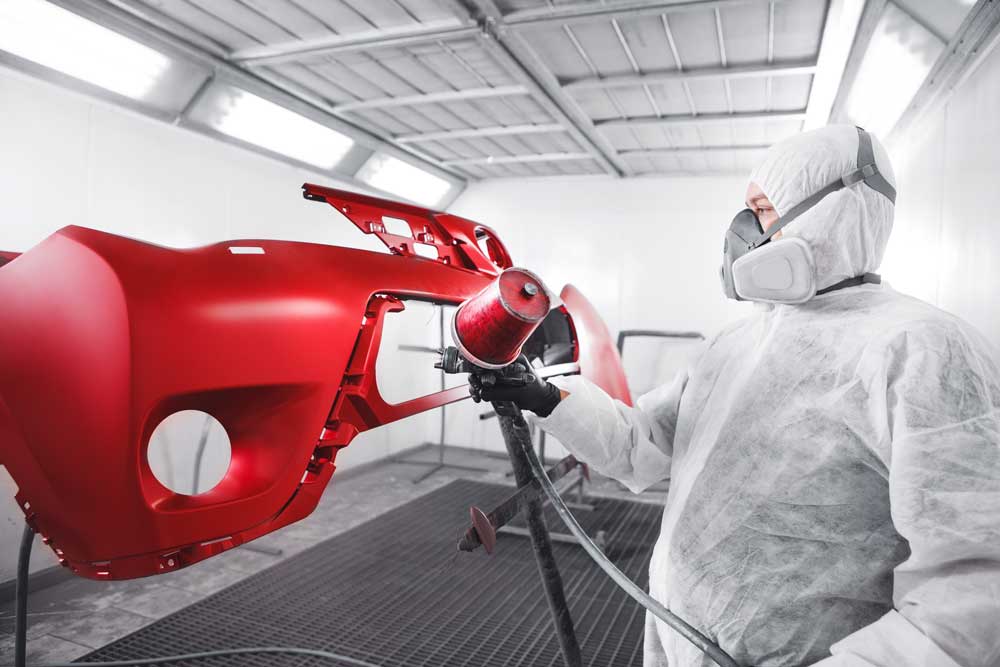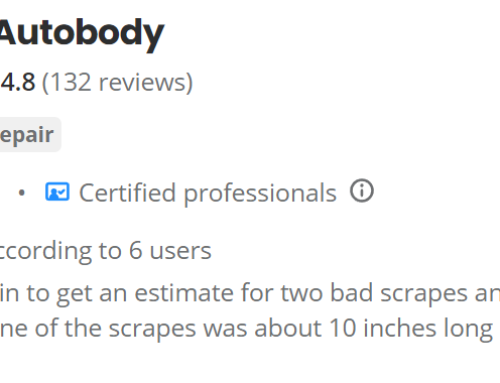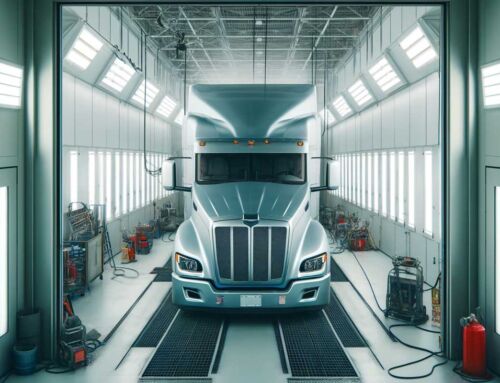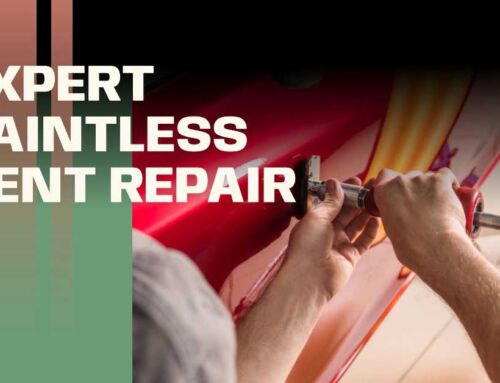In the rapidly evolving world of auto body repair and painting, the shift towards more environmentally friendly practices has led to significant advancements, most notably in the adoption of waterborne paint.
This article delves into the mechanics of how waterborne paint works, its benefits for both vehicles and the environment, and why it’s becoming the preferred choice in auto painting.
Through understanding its application process, advantages, and the technological strides made in this field, readers will gain insights into the modern practices of auto body shops that prioritize sustainability without compromising on quality.
| Topic | Key Points |
|---|---|
| Introduction | Overview of waterborne paint and its significance |
| The Technology Behind Waterborne Paint | Composition, benefits, and application process |
| Advantages of Waterborne Paint | Environmental benefits, quality of finish, and safety |
| Implementation in Auto Body Shops | Techniques, equipment, and expertise required |
| Conclusion | Summary of key points and final thoughts |
The transition to waterborne paint marks a significant leap towards reducing the environmental impact of auto painting, a topic we will explore in detail in the first part of this article.
The Technology Behind Waterborne Paint
Waterborne paint represents a revolutionary shift in the auto painting industry, primarily due to its reduced solvent content. Unlike traditional solvent-based paints that release high levels of volatile organic compounds (VOCs), waterborne paints use water as the primary solvent. This not only reduces harmful emissions but also contributes to a safer working environment for auto body technicians.
The application process of waterborne paint is similar to that of solvent-based paints, yet it requires specific techniques and equipment to ensure optimal results. The drying process, for instance, is more dependent on airflow and temperature control within the auto paint booth, highlighting the need for modernized facilities capable of accommodating these requirements.
- Benefits of waterborne paint include:
- Reduced environmental impact
- Improved air quality in the shop
- Enhanced color matching capabilities for auto body repair
As we delve into the advantages of waterborne paint in the next section, we will see how its adoption not only aligns with environmental goals but also enhances the overall quality of auto painting projects.
Did You Know?
For auto body shops in California, complying with CARB’s regulations means adopting practices and technologies that minimize VOC emissions, including the use of waterborne paints.
Advantages of Waterborne Paint
The shift towards waterborne paint comes with numerous advantages, both ecological and technical. Firstly, the significant reduction in VOC emissions contributes to a healthier planet and working environment. This aligns with the growing consumer demand for eco-friendly products and services, including those in the auto body repair industry.
Furthermore, waterborne paint provides a superior finish with higher color accuracy and consistency, which is particularly beneficial in collision repair and custom auto painting projects. The technology behind these paints allows for a smoother application, resulting in a flawless finish that closely matches the vehicle’s original color.
The advantages extend beyond the environmental and aesthetic benefits:
- Enhanced safety for technicians due to lower toxin exposure
- Improved durability and resistance to wear and tear
- Compatibility with modern auto manufacturing materials and finishes
In the following section, we will explore how auto body shops implement waterborne paint technologies, focusing on the specialized equipment and expertise required.
Implementation in Auto Body Shops
The successful application of waterborne paint requires auto body shops to possess not only the right equipment but also a team of skilled technicians. Shops like Downtown Autobody, with their state-of-the-art facilities in Rohnert Park, including an advanced auto paint booth capable of accommodating various vehicle sizes including RV’s and big rigs, have been at the forefront of this transition. The process involves meticulous preparation of the vehicle’s surface, precise mixing of paints using auto paint mixing technologies, and the application of auto body primers and sealants to ensure a durable finish.
Techniques such as sanding auto body, priming auto body, and auto body sealing are crucial steps in preparing a vehicle for waterborne paint. Moreover, the expertise of auto body technicians in handling the nuanced differences in application and curing times between waterborne and solvent-based paints is essential for achieving the desired outcome.
Key implementation aspects include:
- Upgraded ventilation systems for optimal drying conditions
- Specialized auto paint guns designed for waterborne paint
- Continuous training for technicians on new materials and methods
With these considerations in mind, the transition to waterborne paint not only represents an investment in environmental responsibility but also in the quality of service provided to customers. The benefits of waterborne paint in the auto body industry are clear; paving the way for a more sustainable future.
Final Thoughts
The adoption of waterborne paint technology in the auto body industry is a testament to the sector’s commitment to environmental sustainability and quality craftsmanship. From its reduced ecological impact to its superior finish and color accuracy, waterborne paint represents the future of auto painting. As auto body shops continue to embrace these practices, customers can expect not only higher-quality repairs but also the peace of mind that comes with choosing eco-friendly options.
For those interested in learning more about waterborne paint or seeking auto body repair services that prioritize both quality and sustainability, Downtown Autobody stands ready to assist. With their expertise in collision repair, comprehensive RV repair services, and a commitment to providing free loaner cars to customers, they exemplify the best in modern auto body repair and painting.





